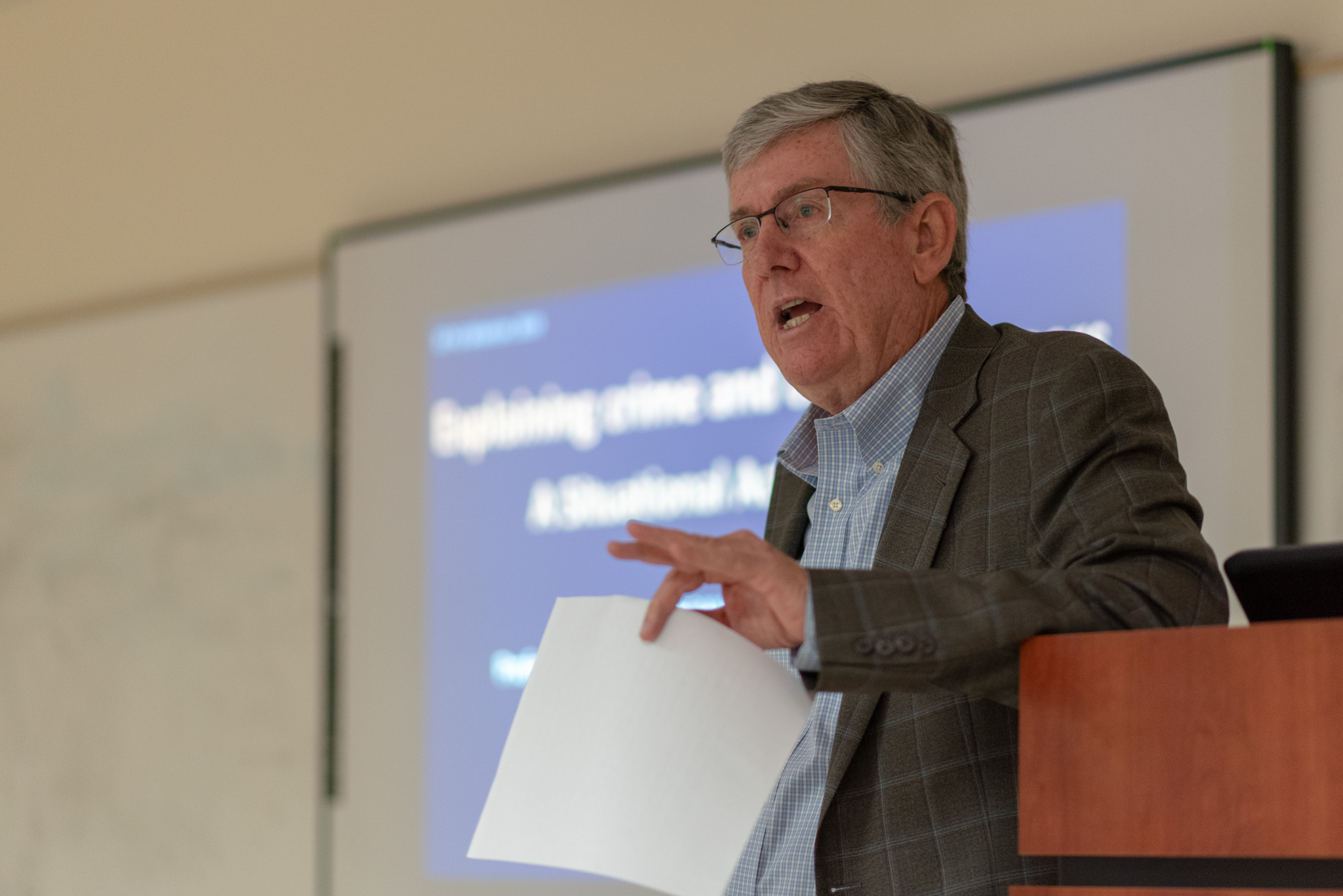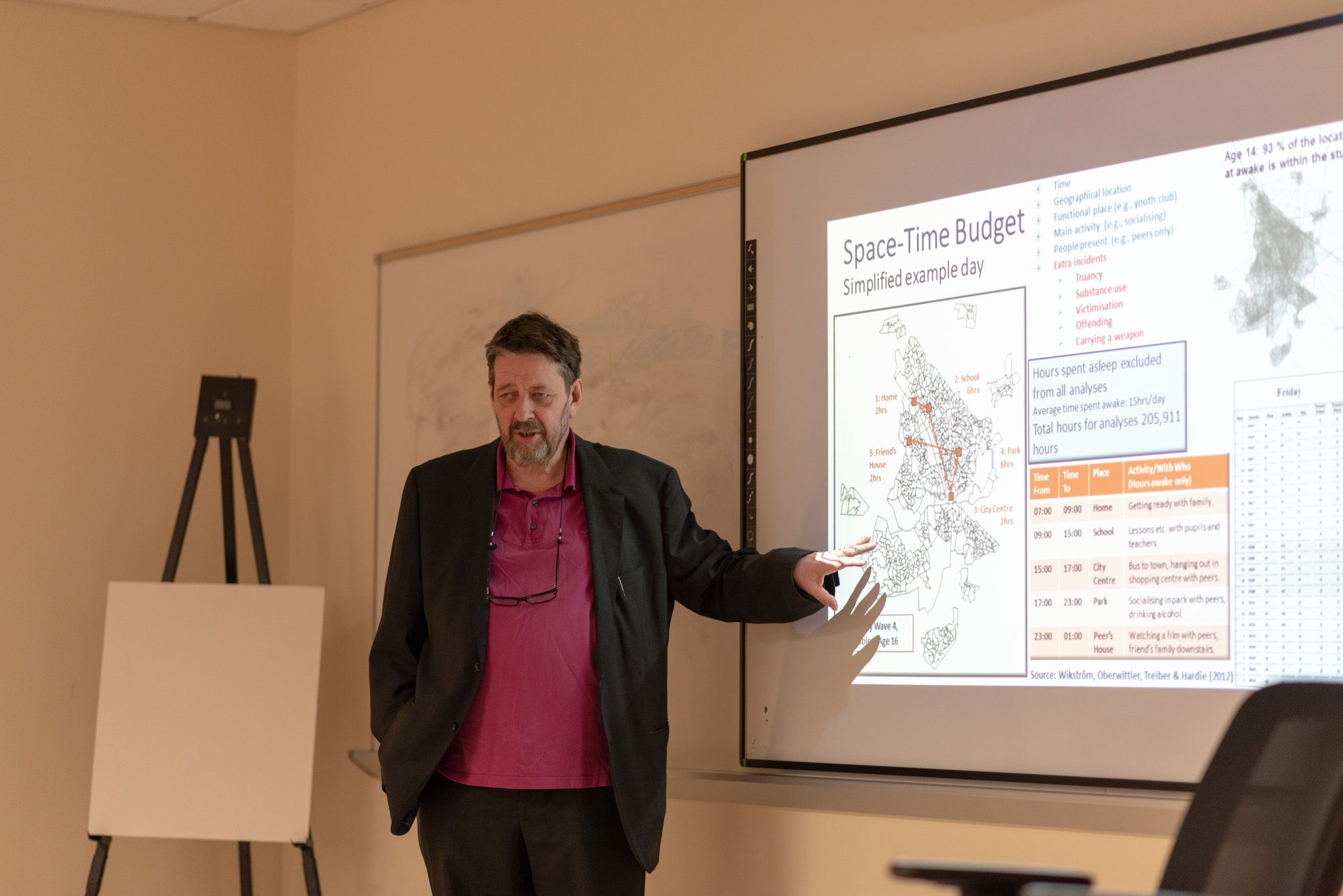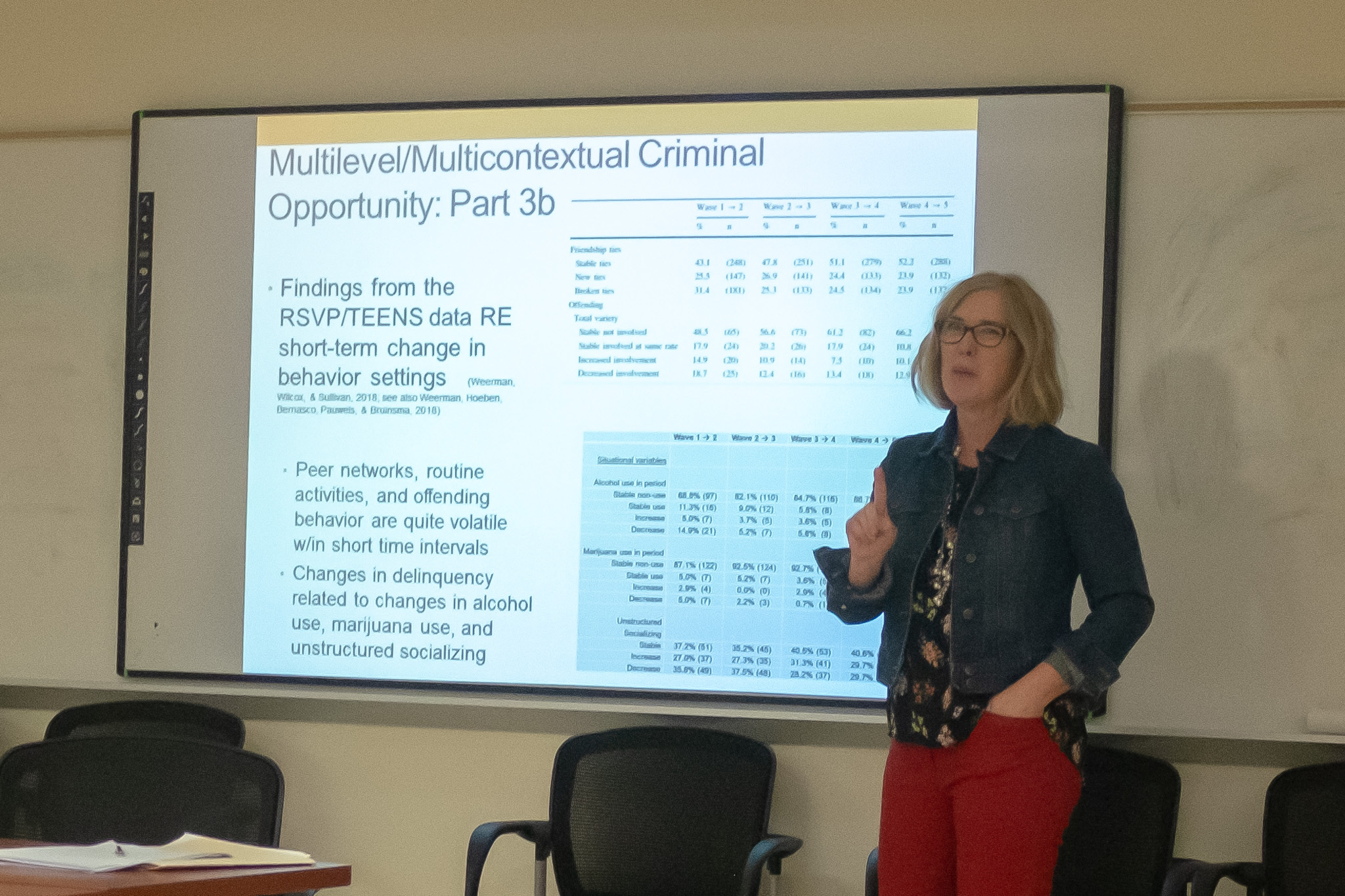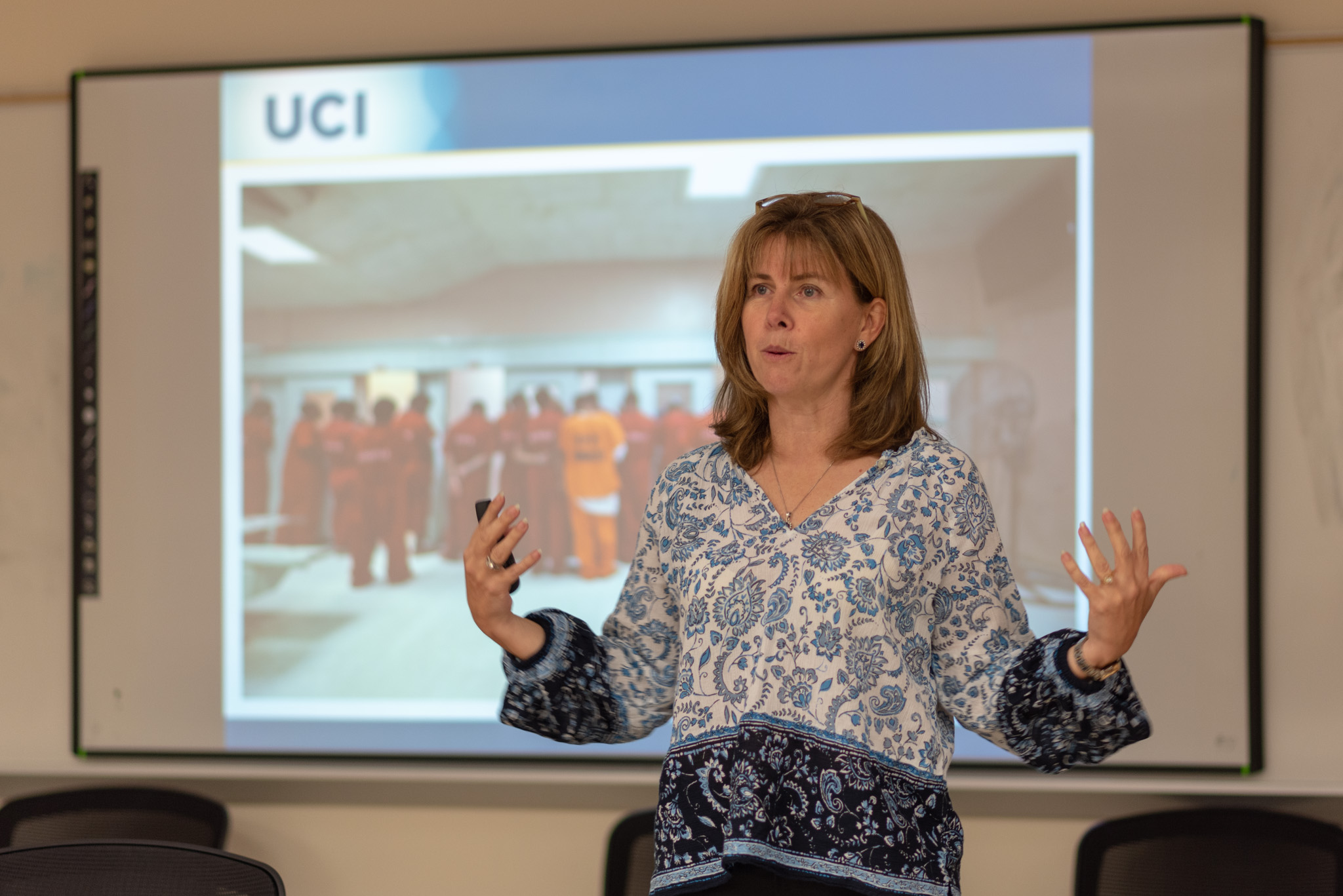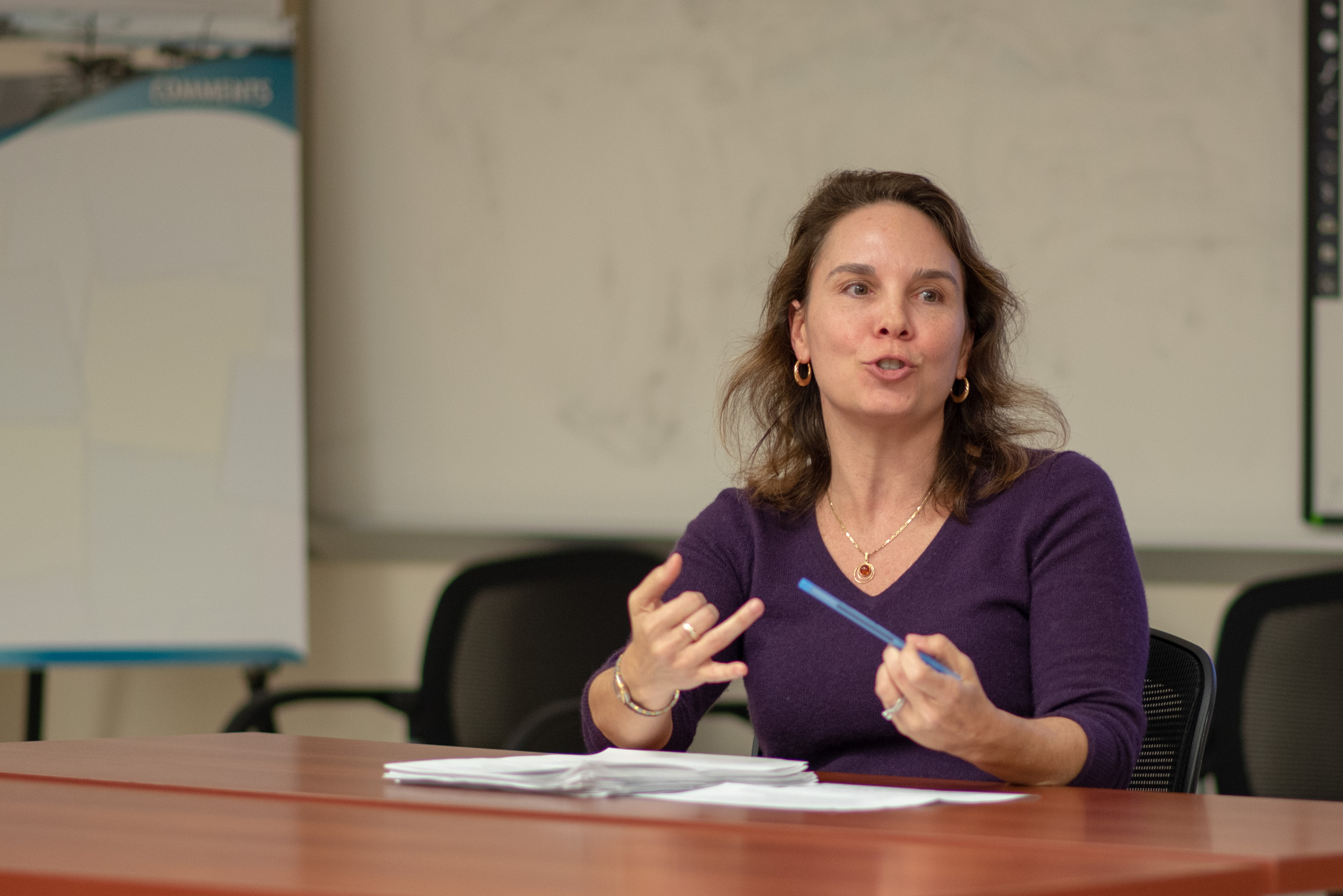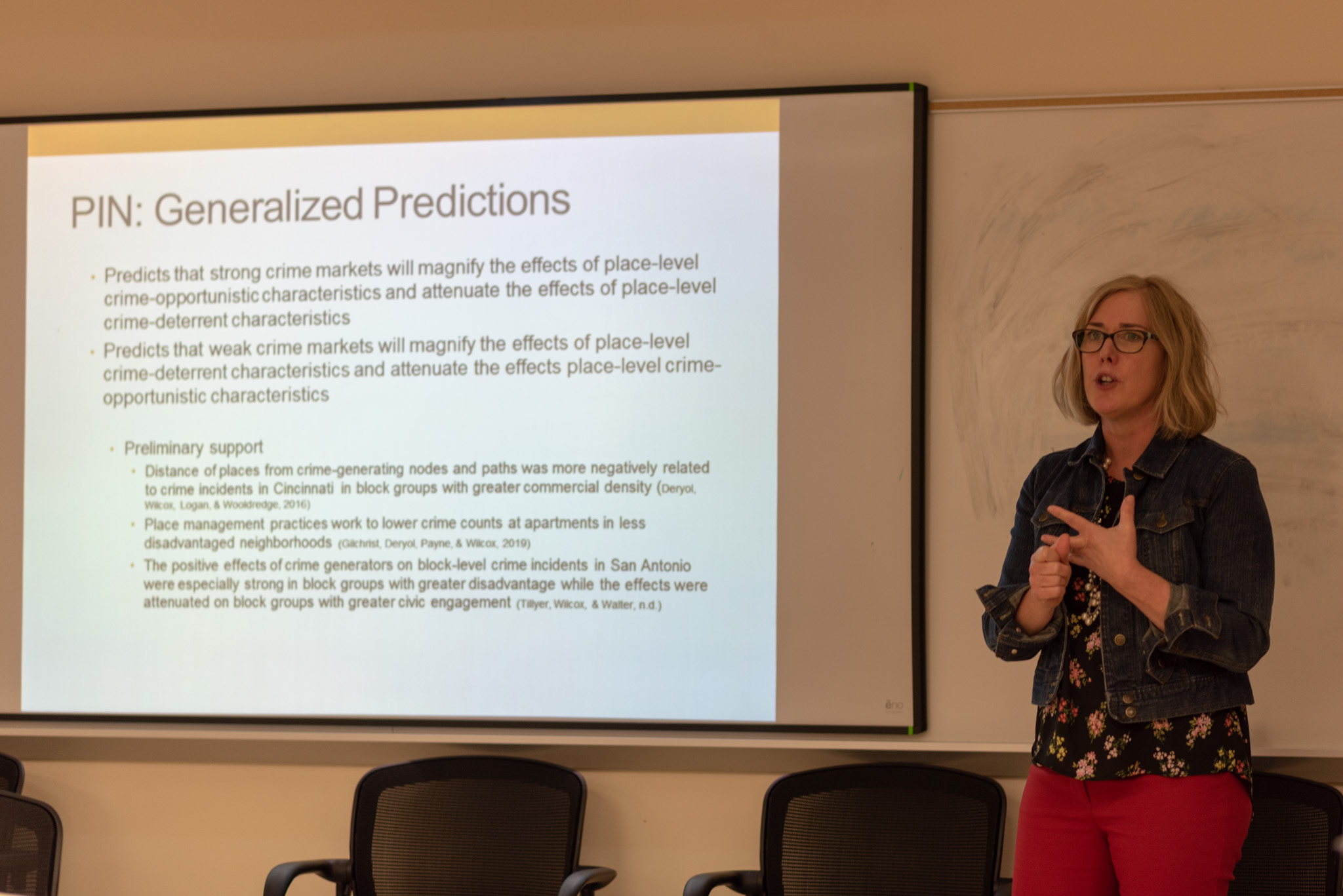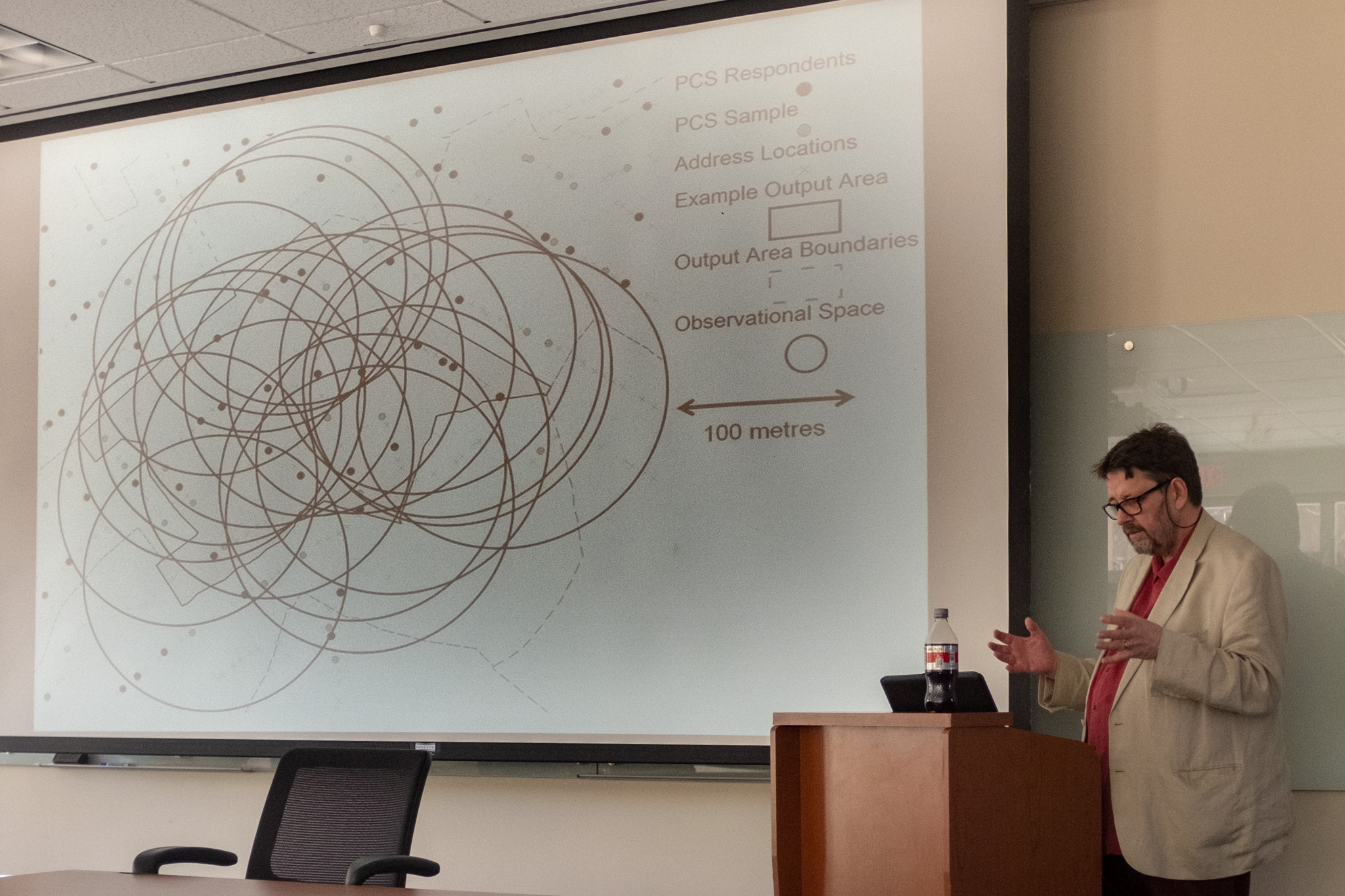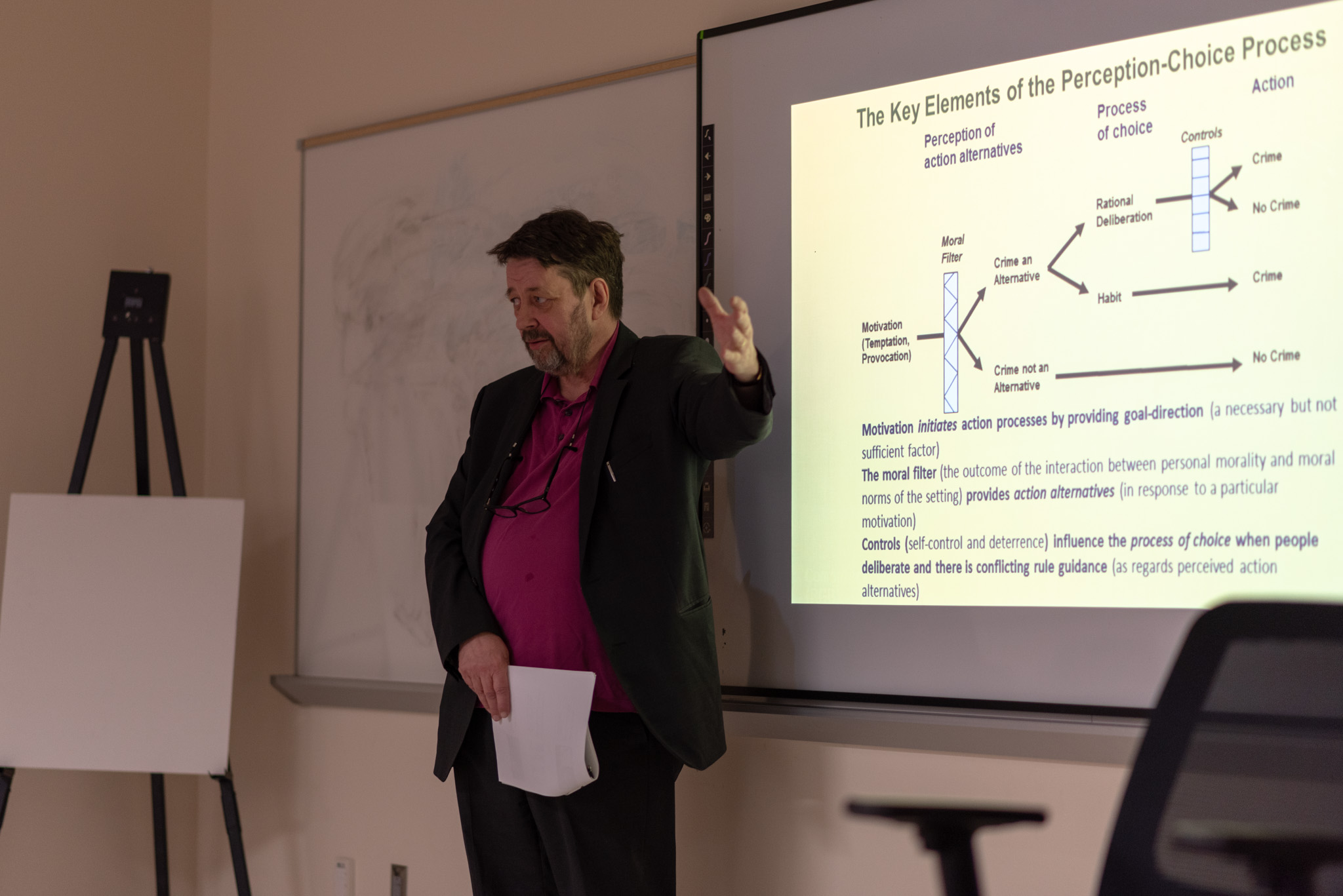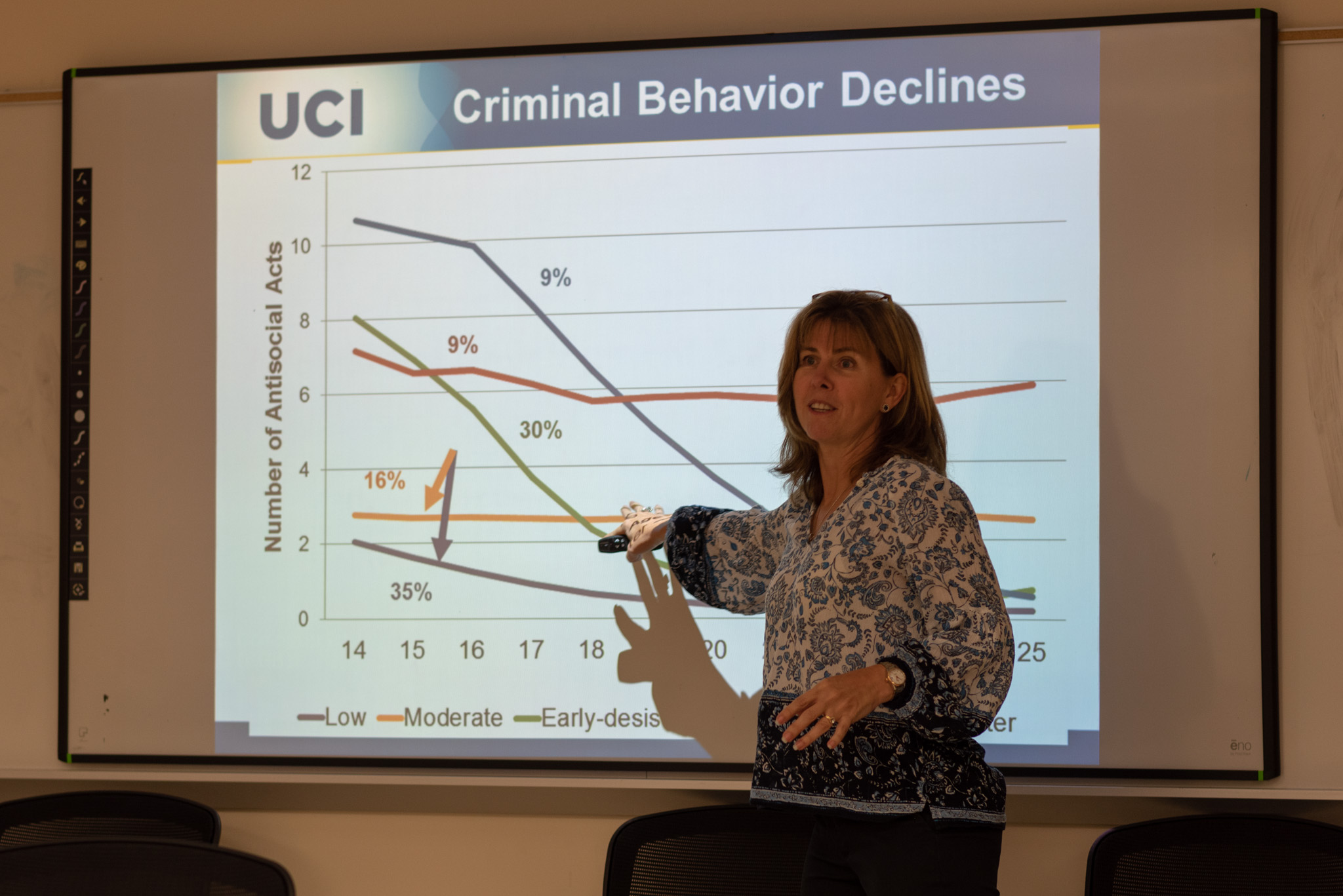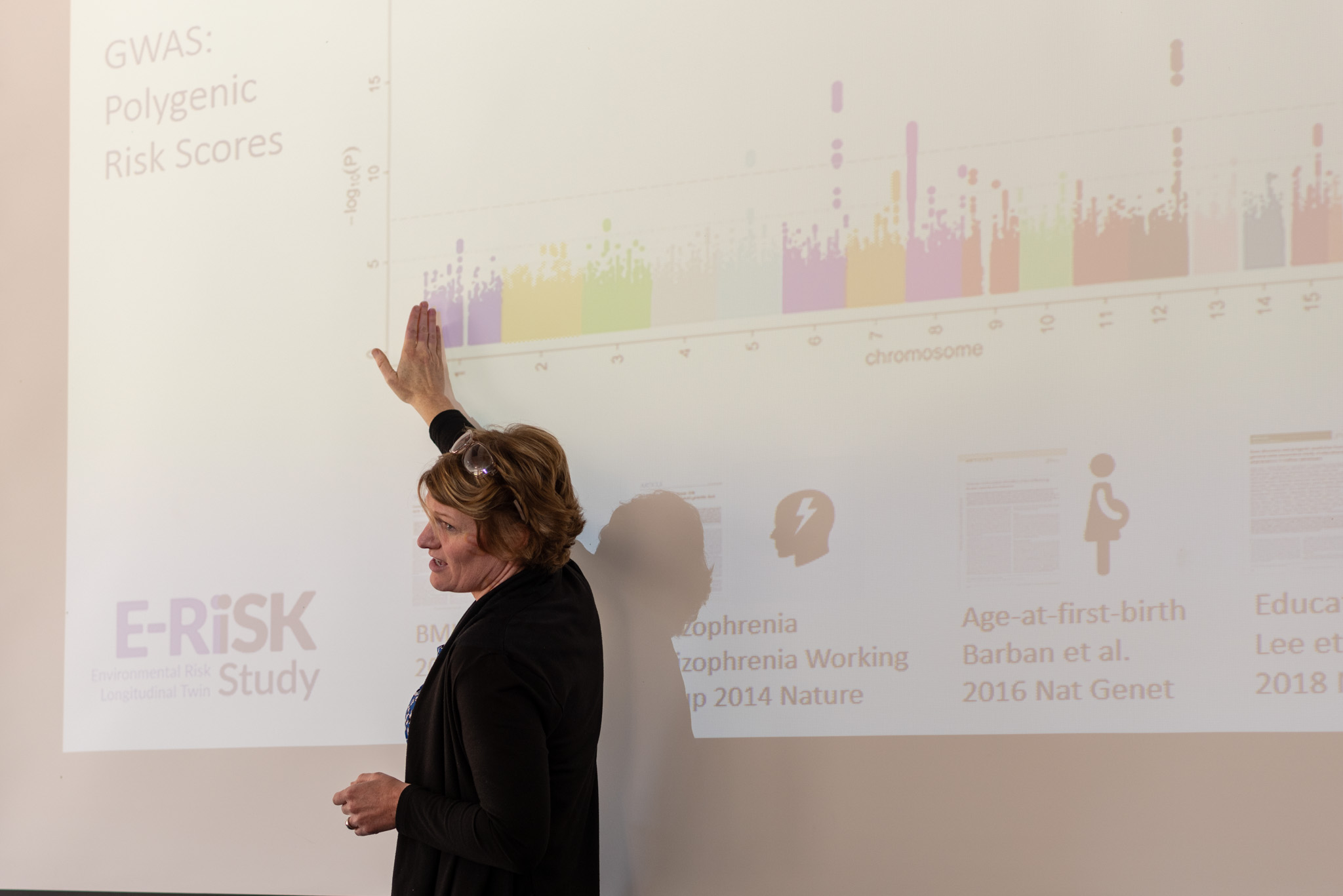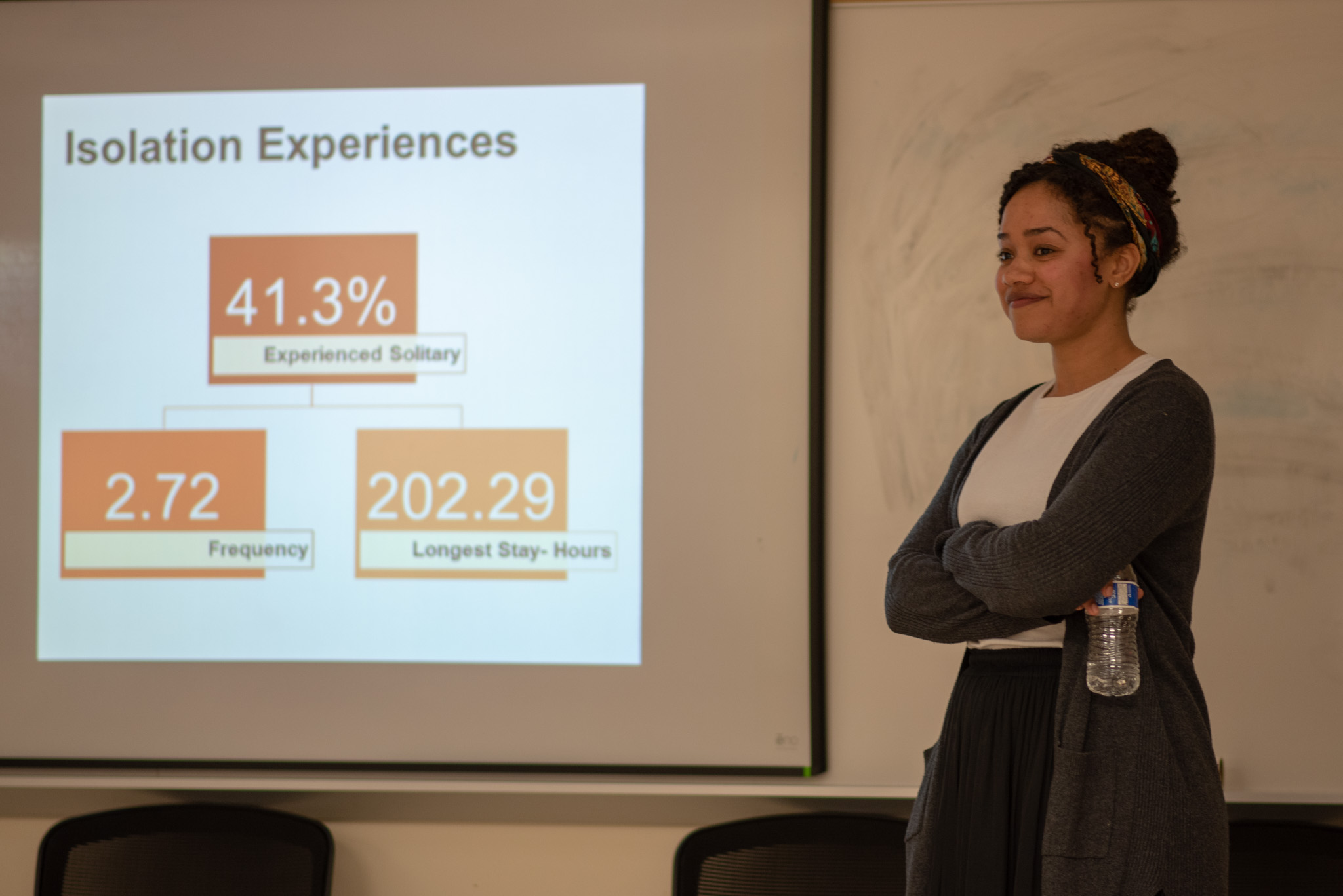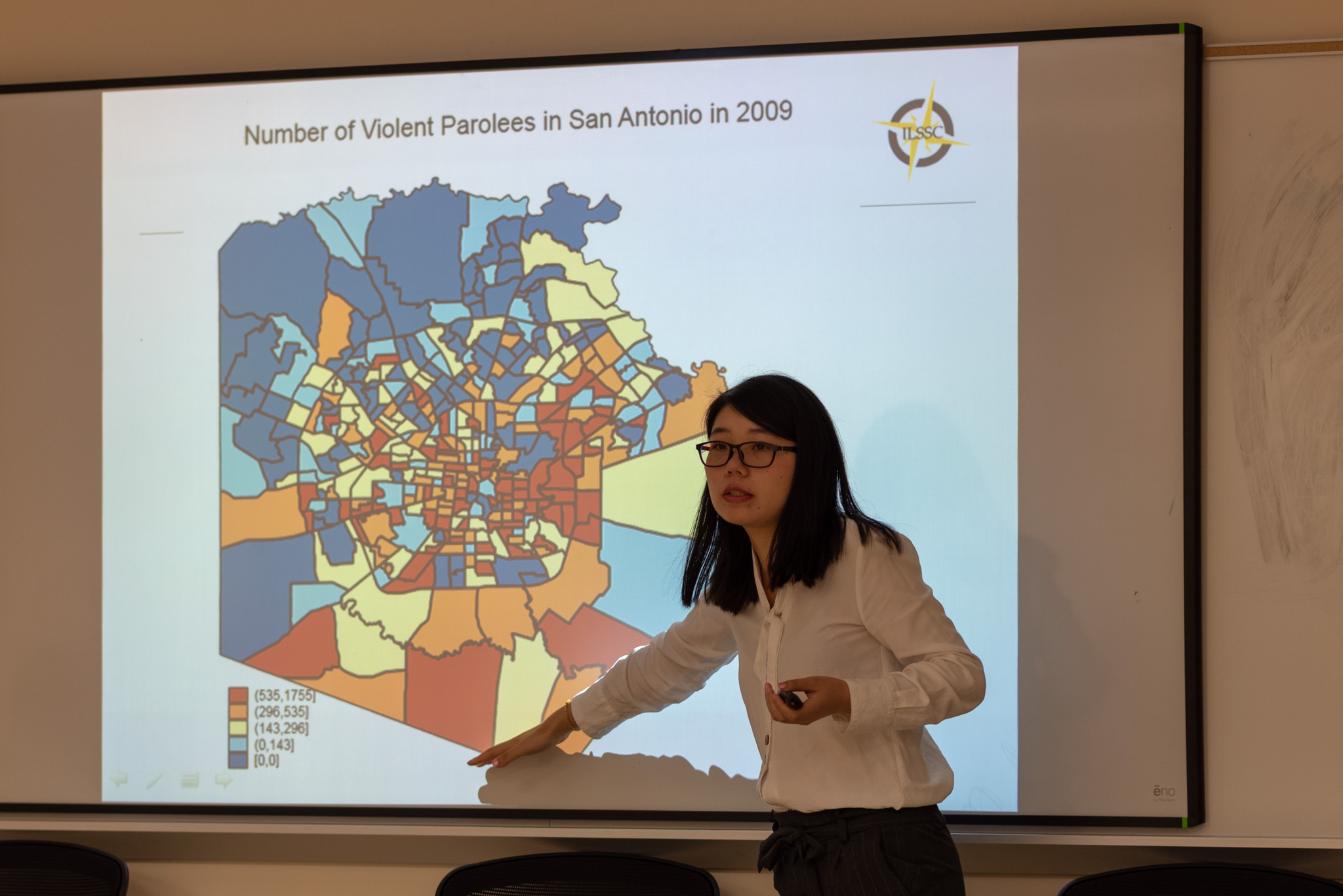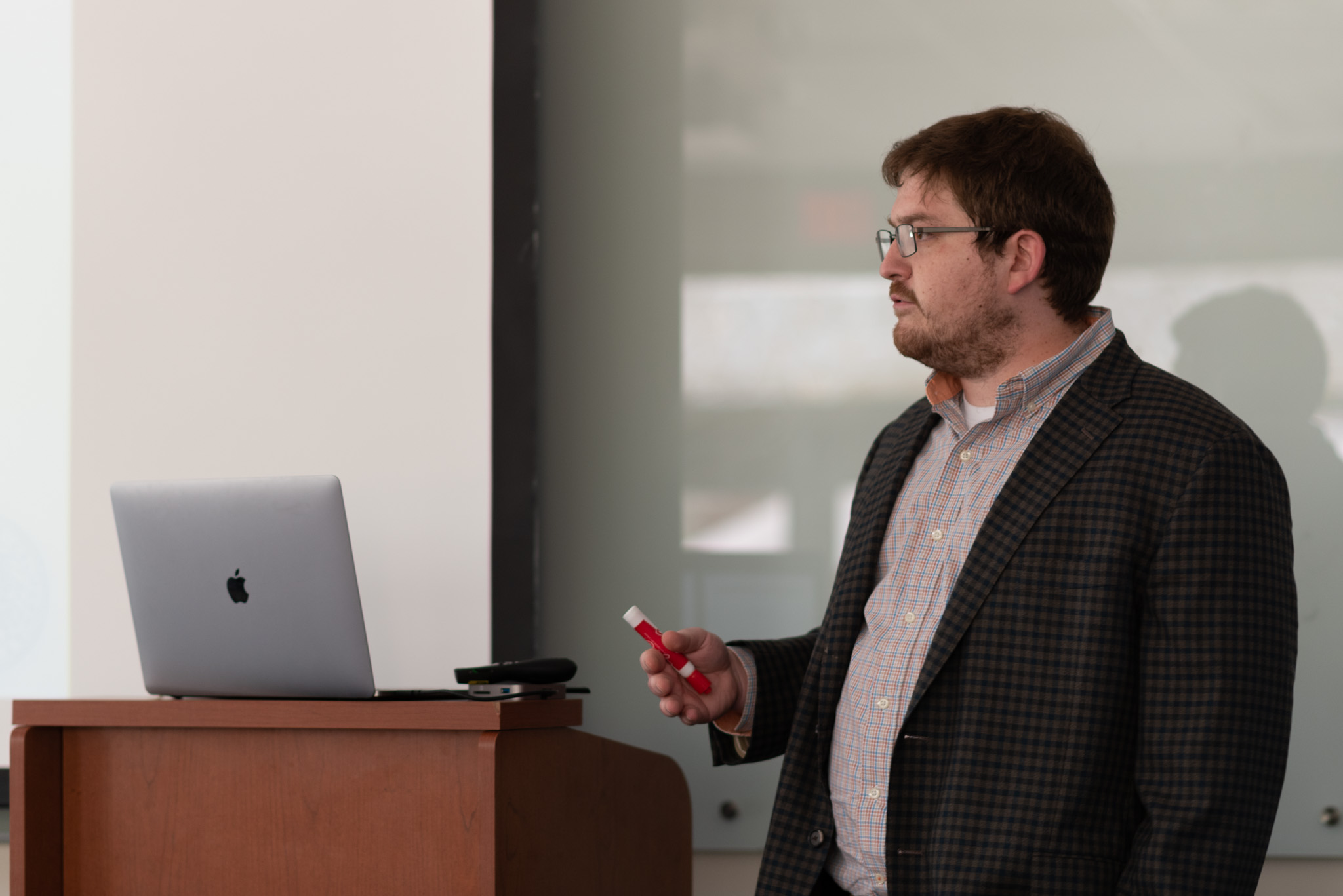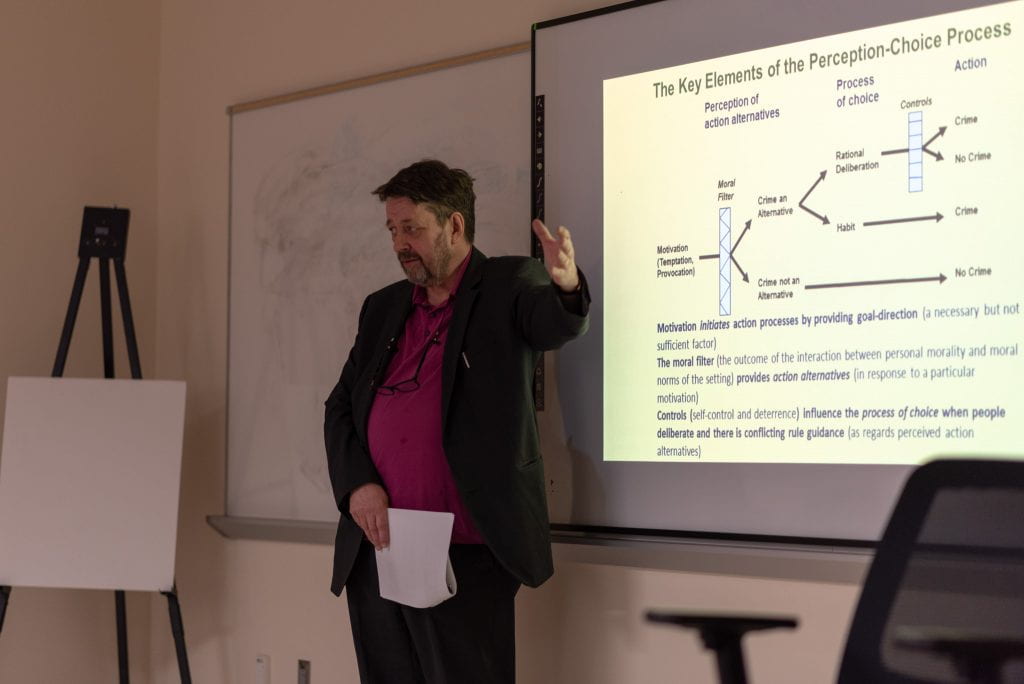“People, Places, and Context: Advances in Criminological Theory” was a two day-long symposium hosted by Criminology, Law and Society Department – University of California, Irvine, Psychological Science Department – University of California, Irvine, the Irvine Laboratory for the Study of Space and Crime (ILSSC), , & Development, Disorder, and Delinquency Laboratory (3DLAB).
The symposium was held on April 12, 2019 and April 13, 2019 from 8am-4:30pm at the University of California – Irvine.
Invited Speakers
PAMELA WILCOX
Pamela Wilcox is Professor in the Departement of Sociology and Criminology at Pennsylvania State University. Dr. Wilcox’s research and teaching interests lie in communities and crime, environmental criminology (crime opportunity), victimization, school crime, and crime prevention. She studies the causes, consequences, and prevention of crime and victimization in neighborhood and school contexts. In particular, she focuses on how individual- and place-level risk factors for experiencing crime or victimization can be enhanced or mitigated by neighborhood and/or school characteristics
PER-OLOF H. WIKSTRÖM
Per-Olof H. Wikström is Professor of Ecological and Developmental Criminology at the Institute of Criminology, University of Cambridge. He is the director of the Centre for Analytic Criminology and the Principal Investigator of Peterborough Adolescent and Young Adult Development Study (PADS+). Professor Wikström’s main research interests are developing unified theory of the causes of crime (Situational Action Theory), its empirical testing and its application to devising knowledge-based prevention policies.
Speakers
Speaker Details
ELIZABETH CAUFFMAN
Elizabeth Cauffman is Professor in the Department of Psychological Science at the University of California Irvine. Dr. Cauffman’s research addresses the intersect between adolescent development and juvenile justice. She has published over 100 articles, chapters, and books on a range of topics in the study of contemporary adolescence, including adolescent brain development, risk-taking and decision-making, parent-adolescent relationships, and juvenile justice.
MICHAEL R. GOTTFREDSON
Michael R. Gottfredson is Professor of Criminology, Law and Society at the University of California Irvine. Dr. Gottfredson’s research and teaching specialties are theories of crime and delinquency and the criminal justice system. He has published numerous books and articles in the professional literature about the causes of crime and crime policy.
JOHN R. HIPP
John R. Hipp is Professor in the department of Criminology, Law and Society at the University of California Irvine. Dr. Hipp’s research interests focus on how neighborhoods change over time, how that change both affects and is affected by neighborhood crime, and the role networks and institutions play in that change. He approaches these questions using quantitative methods as well as social network analysis.
CHARIS E. KUBRIN
Charis E. Kubrin is Professor of Criminology, Law and Society at the University of California Irvine. Dr. Kubrin’s research focuses on neighborhood correlates of crime, with an emphasis on race and violent crime. Recent work in this area examines the immigration-crime nexus across neighborhoods and cities, as well as assesses the impact of criminal justice reform on crime rates.
CANDICE ODGERS
Candice Odgers is Professor in the Department of Psychological Science at the University of California Irvine. Dr. Odger’s research focuses on how social inequalities and early adversity influence children’s future health and well-being, with an emphasis on how new technologies, including mobile phones and web-based tools, can be used to understand and improve the lives of young people. Her research team tracks adolescents’ daily mental health and device use via smartphones and has built new virtual tools for capturing the neighborhoods where children live and attend school.
Graduate Student Presentations
Evading Detection During Adolescence: The Role Of Criminal Capital, Contextual And Psychosocial Factors – Alissa Knowles (3D Lab)
Many adolescents engage in crime, but not all youth are caught by law enforcement. Previous work highlights the importance of criminal capital, or assets that help individuals evade police detection. The current study uses data from a longitudinal study of first-time adolescent offenders to evaluate the contribution of criminal capital, psychosocial and contextual variables in predicting re-arrest, among youth actively engaging in crime.
How Do Returning Parolees Affect Neighborhood Crime Rates In Texas?: A Longitudinal Study Of Prisoner Reentry – Iris Luo (ILSSC)
A large body of literature documents that there is a marked increase in incarceration and people on parole in the United States over the past several decades. Empirical research has yet to sufficiently explore how people on parole returning to communities may affect neighborhoods as a whole and neighborhood crime rates in particular. Drawing on recent scholarship on mass incarceration, prisoner reentry, and macrolevel predictors of crime, this study examines a large sample of parolees returning to neighborhoods in five cities (Austin, Dallas, Fort Worth, Houston, and San Antonio) in the state of Texas over a twelve-year time period (2000 – 2011) to investigate the relationship between returning parolees and neighborhood crime rates.
Solitary Confinement Of Juvenile Offenders – Cortney Simmons (3D Lab)
Using data drawn from a study of serious juvenile offenders, the current study examined the predictors and consequences of experiencing solitary confinement while housed in correctional institutions. Youth who were younger at the age of their first offense, were involved in a gang prior to institutionalization, had higher levels of parent education, higher psychopathic traits, and reported greater victimization within the institution were more likely to be placed in solitary confinement. After accounting for individual characteristics, there were no significant differences in psychological well-being or delinquent behavior between youth who did and did not experience solitary confinement.
Scaling Transformations And Standardization: Implications For Time-Series Matching Methods – Bradley J. Bartos (Sim Lab)
Research examining crime, mortality, and other count outcomes, commonly employ population rates such as “per 100,000 residents” in order to compare the relative occurrence of an outcome across states, counties, and cities that vary considerably in size. Many standardization, or scaling, transformations can appear sufficient, and while per-capita rates – with a few adjustments – work quite well for health outcomes when every living human is exposed to the outcome, the appropriate denominator for motor vehicle thefts is much less clear. Using a state-level panel of motor vehicle fatalities between 1975 and 2015, the current study demonstrates the non-negligible differences various scaling transformations can produce in synthetic control group models.
Legacies Of Racialized Policies And Residential Segregation In Education: A Case Study Of Kern County – Navjyot Gill (ILSSC)
Over half a century after Brown v. Board of Education, the United States continues to face issues of racial and spatial inequality, residential segregation and unequal access to education. Recently, the Kern High School District faced a lawsuit which acknowledged that students of color were suspended and expelled at higher rates than their white counterparts; this spurred debates among concerned parents and community organizers about the prevalence of high school boundaries, residential segregation and education in Kern County. This paper will(1) compare and contrast current educational, racial and spatial inequities and disparities across place and time, (2) examine how racially discriminatory laws and politics have carried into the present day, and (3) explore strategies utilized by concerned parents and community organizers across time.
How Valuable Are Civil Liberties? Evidence From Gang Injunctions, Crime, And Housing Prices In Southern California – Michelle Mioduszewski (ILSSC)
This study assesses the impact of civil gang injunctions on crime and housing prices in the Southern California region, providing evidence on both the crime reducing benefits of these policies and the costs imposed on affected communities. We utilize a geographic regression discontinuity design and three datasets to answer this question: Zillow housing data, gang injunction attributes and shapefiles, and crime data from the Southern California Crime Study.
